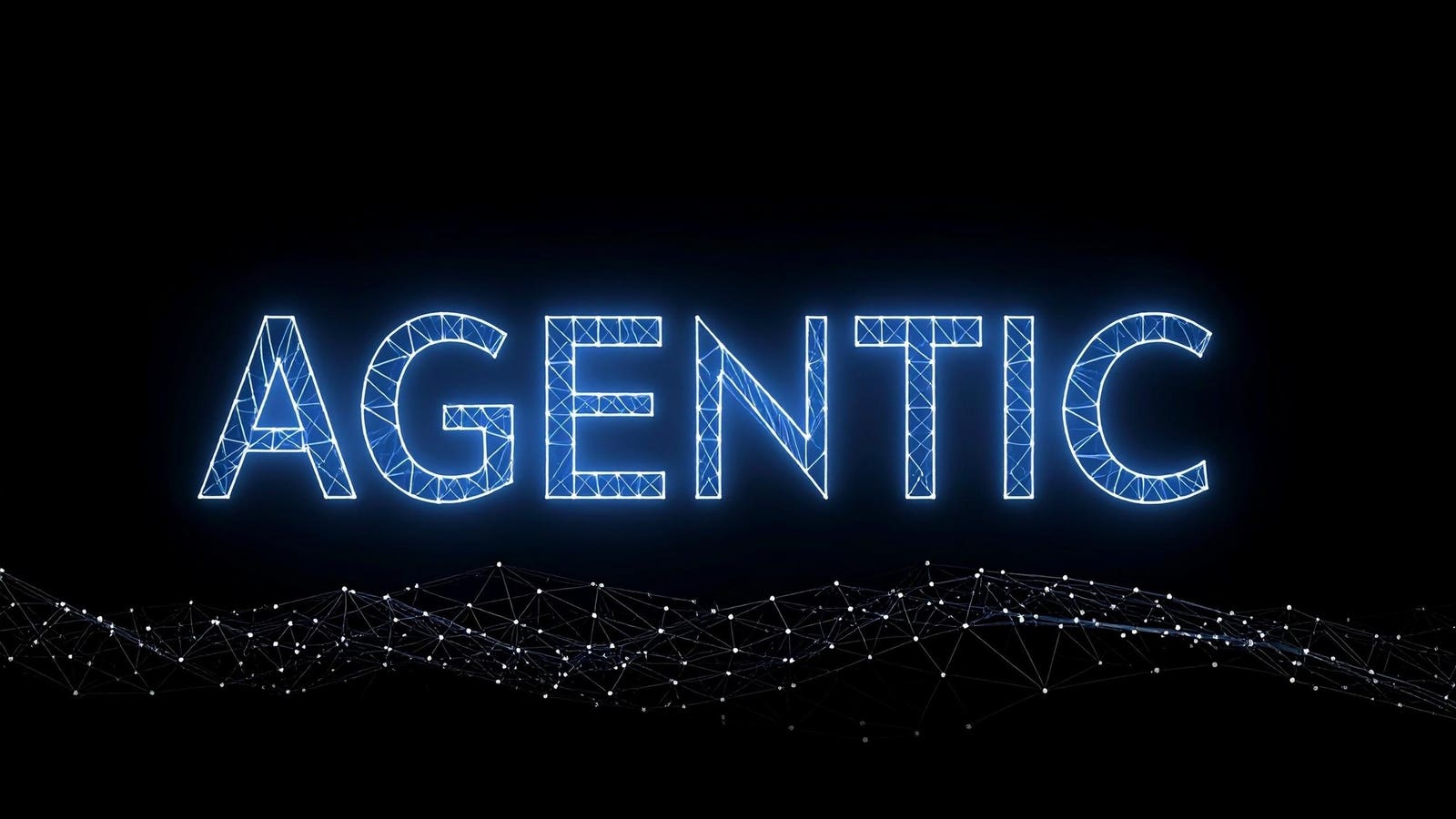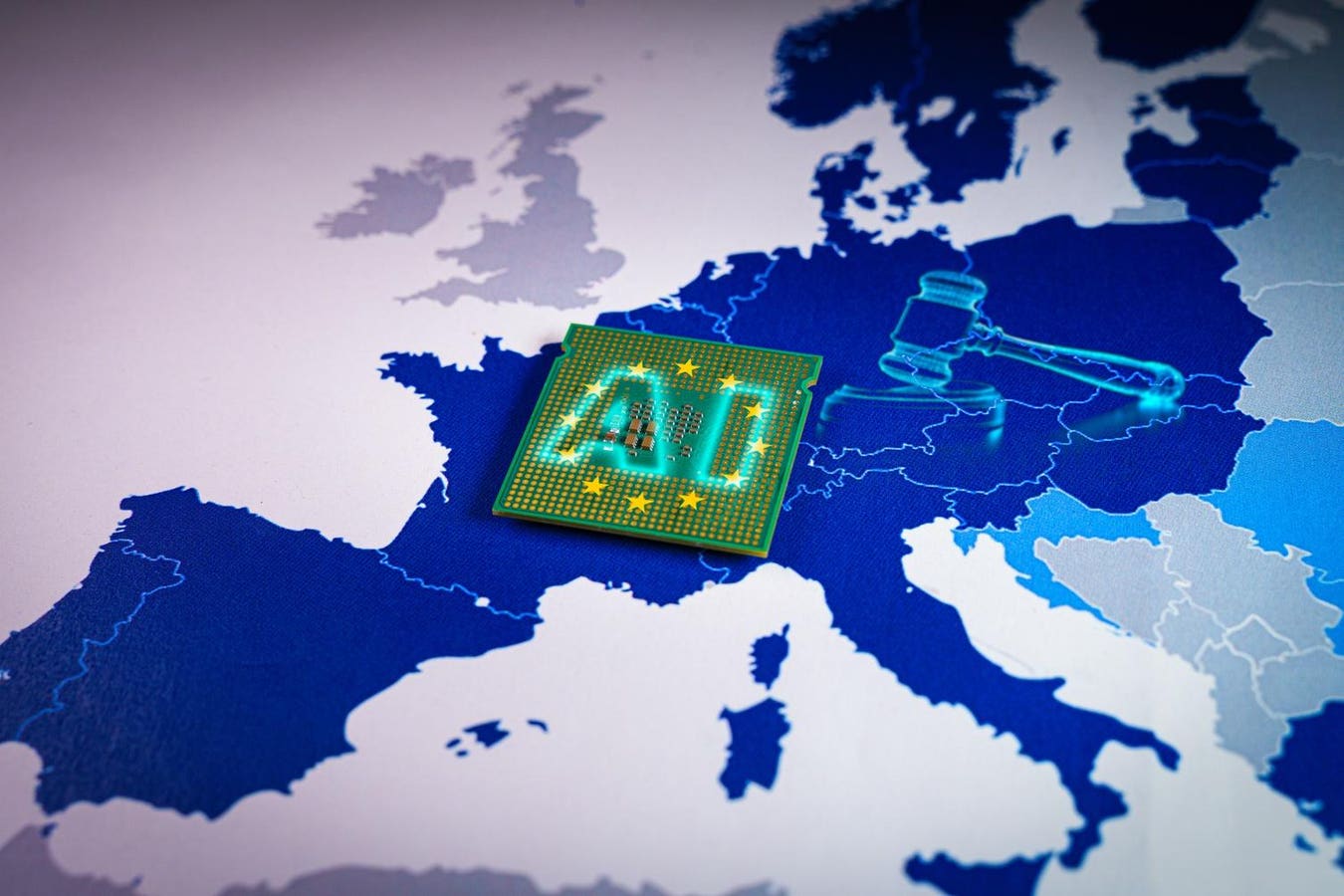Agentic AI is emerging as a creative partner that can anticipate needs, shape ideas, and collaborate alongside humans.
Adobe Stock
Artificial intelligence is moving beyond the role of a tool and beginning to act more like a colleague. The new wave of agentic AI promises systems that can take initiative, anticipate needs, and collaborate in ways that feel closer to teamwork than automation. One of the clearest signs of this shift is happening in design and communication, where AI is starting to act as a creative partner rather than a simple utility.
Breaking Away From Old Formats
For decades, presentations followed the same rigid format. Slides were locked to a fixed ratio, and users were forced to think like designers even when design was not their strength. AI is making it possible to approach communication in a new way. Instead of adjusting layouts and moving boxes around, people can focus on the story they want to tell, with AI generating outlines, visuals, and structure.
As Grant Lee, CEO of Gamma, told me during a recent conversation, “We have always envisioned AI to be like your design partner, as if you had an expert designer sitting right next to you.” This idea of AI as a design collaborator points to a much broader transformation.
From Static Tools To Creative Partners
Business software has traditionally digitized existing tasks. Word processors, spreadsheets, and presentation software all replaced their physical predecessors without changing the underlying roles. AI is shifting that model. Instead of waiting for instructions, agentic systems can suggest directions, fill gaps, and adapt to context.
Lee described how users can ask AI to shape content, synthesize documents, and suggest visuals that match tone and purpose. “Depending on whether you want a visual aid for a live presentation or something more information dense for an async presentation, being able to describe your need to your AI partner is critical,” he explained. That adaptability is the hallmark of agentic AI, and it has applications far beyond presentations.
Efficiency Without Endless Scaling
The impact is not only creative, it is operational. In the past, growth often meant hiring more people to handle more work. Now, AI allows smaller teams to do the work of much larger ones. Lee noted that startups today are asking different questions than in the dot-com era. “Rather than scaling up your headcount ten times, you take a step back and ask how might we actually increase our efficiency ten times,” he said.
This shift from sheer scale to smarter scale is already influencing industries from software to services. Leaders are beginning to measure success not by how many employees they add but by how much leverage they can give each person through AI partners.
Lessons For Leadership And The Workforce
Agentic AI also changes what it means to build and lead teams. Leaders can no longer assume that processes designed a decade ago will still be effective. As Lee put it, “Every team now has a chance to be an AI-first team. The way you might have done work five, six, seven years ago needs to be completely rethought.”
This rethinking creates both opportunities and risks. Junior roles that once focused on manual tasks may shrink, which could undermine how future leaders gain experience. “What would be better is to continue to hire junior folks, arm them with AI tooling, and include them in the broader AI strategy,” Lee warned. Companies that cut too aggressively may save in the short term, but lose valuable talent development in the long term.
A Broader Shift Across Industries
The implications of agentic AI reach far beyond communication tools. In legal services, specialized systems are already acting as research partners for lawyers. In healthcare, AI agents are starting to support diagnosis and treatment planning. In finance, contract monitoring and compliance are increasingly delegated to AI colleagues.
The common thread is that humans move away from tedious tasks and toward higher-value work, whether that means strategy, empathy, or creativity. AI becomes the assistant that never tires, while people focus on judgment and vision.
Opening The Aperture
For many people, the possibilities of agentic AI are not yet obvious. As Lee said, “Most people do not even know the possibilities until they are presented to them. We have an opportunity to really open the aperture for the average user, and that is particularly exciting.”
The next decade will be shaped by how quickly organizations embrace this change. Those that succeed will not treat AI as an optional add-on; they will treat it as a colleague, one that expands their ability to imagine, create, and execute.
By partnering with these AI systems, humans can unlock creativity, drive efficiency, and build a more human future of work.









